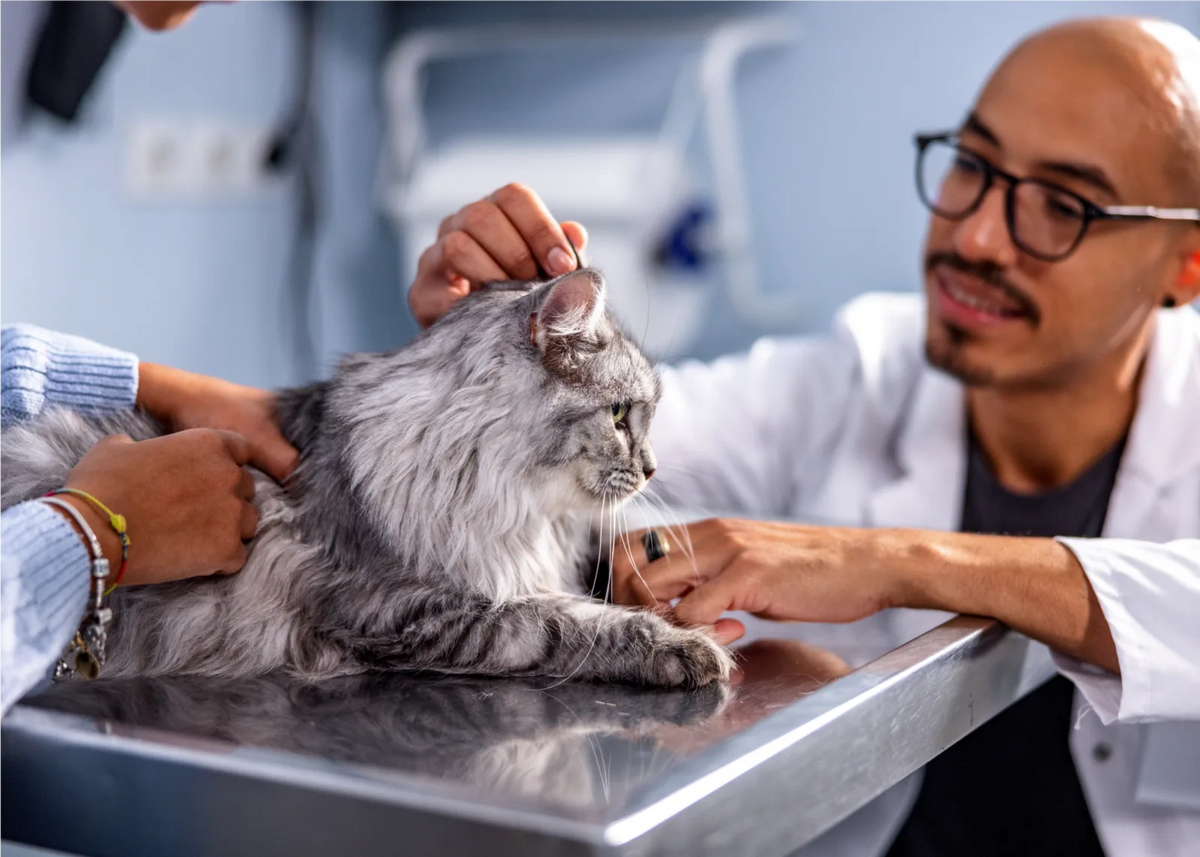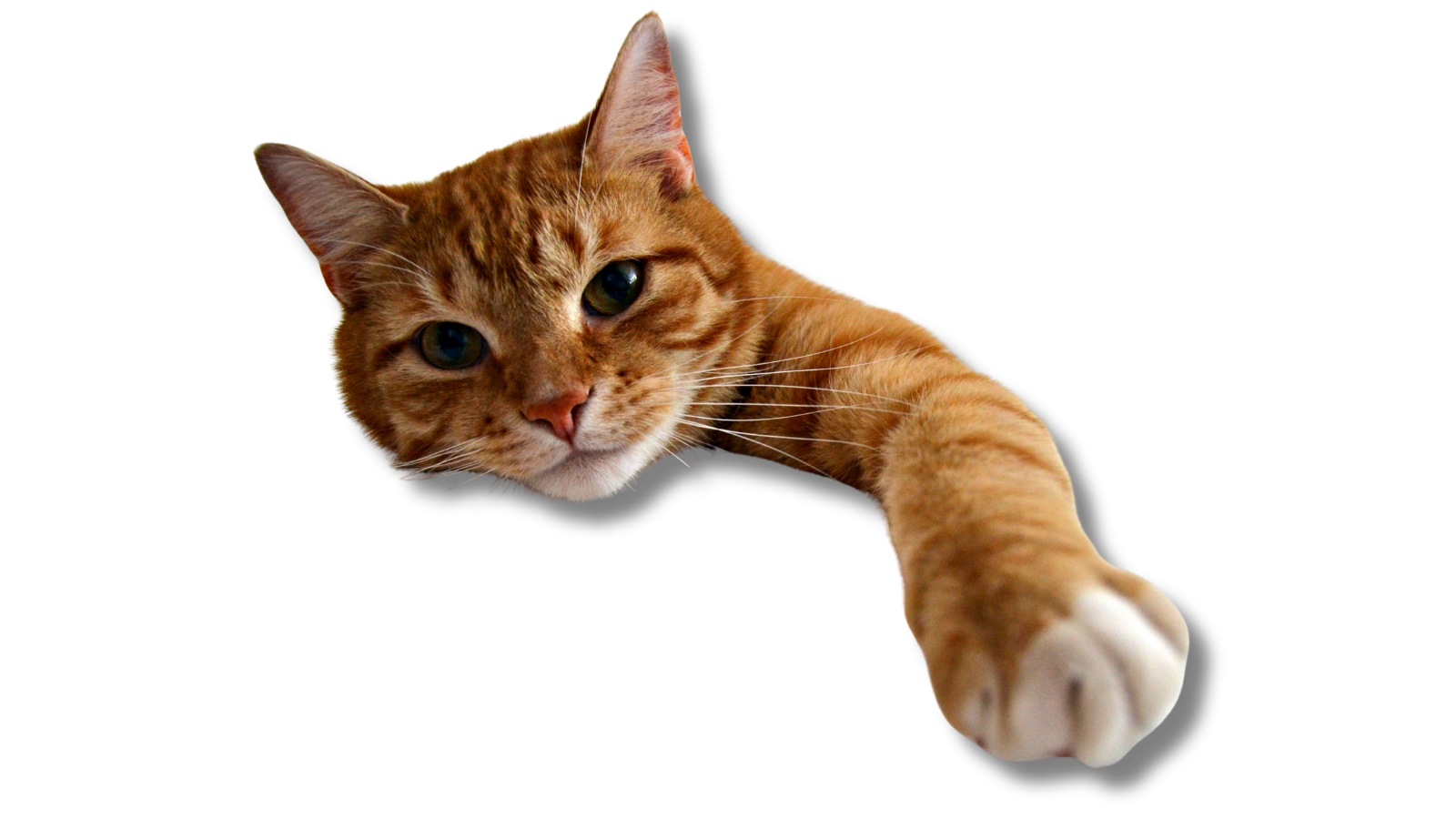

Why Cats Prefer Elevated Litter Boxes: Instinct, Comfort, and Cleanliness Explained
Cats are fascinating creatures with unique preferences, and one of the most intriguing trends in feline behavior is their attraction to elevated spaces—including elevated litter boxes.
This preference is not only rooted in their instincts but also has practical benefits that both cats and their owners appreciate. Raised litter boxes offer a sense of security, better visibility of surroundings, and a cleaner environment by minimizing litter scatter.
Understanding why cats prefer elevated litter boxes can help you make better choices for your pet’s health and comfort. In this article, we’ll explore the reasons behind this feline behavior and share what veterinarians have to say about this cat-friendly innovation. Experts note that elevated litter boxes can help reduce stress-related litter box avoidance, improve hygiene, and support joint health in older cats.
Whether you're looking for the best elevated litter box for cats or simply want to understand feline behavior better, this guide offers insights backed by expert recommendations and real-life benefits for both cats and the people who love them.
Elevated Litter Boxes: Easier to Clean for Cat Owners with Mobility Challenges
For individuals with limited mobility, bending over to clean a floor-level litter box can increase the risk of falls or injuries. LoftyLoo’s elevated design means there’s no need to reach down to the floor, making it safer and more stable for users to maintain their cat’s litter box without compromising their own safety. Its thoughtful height reduces the risk of accidental slips, creating a safer environment for cat owners with mobility challenges.
Designed for seniors, people recovering from surgery, and those with disabilities, LoftyLoo offers an ergonomic solution that promotes independence in daily cat care. It’s one of the best accessible litter box solutions on the market, built specifically to reduce physical strain. Users no longer have to crouch, kneel, or twist—common movements that can trigger pain or injury. The raised platform also makes cleaning faster and easier, encouraging more consistent maintenance and better litter hygiene.
If you are searching for a litter box that doesn’t require bending, LoftyLoo is the answer.

1. Instinctual Safety and Security
Cats are natural hunters, but they are also prey in the wild. Elevated spaces give them a vantage point to monitor their surroundings and feel secure. An elevated litter box mimics this instinct, offering them a sense of safety even during vulnerable moments. This added height can help reduce stress-related litter box avoidance, which is a common concern among cat owners. Veterinarians often recommend raised litter boxes for anxious or territorial cats who need more control over their environment.
Cats also associate elevated areas with cleanliness and territorial ownership, which can lead to more consistent litter box use. Unlike floor-level boxes that may be disturbed by other pets or household traffic, elevated litter boxes provide a quiet, protected space. Choosing a raised litter box like LoftyLoo supports both your cat’s behavioral needs and your home’s cleanliness. It keeps litter contained, reduces mess, and aligns with your cat’s natural instincts. This simple change can dramatically improve your cat’s comfort, hygiene, and litter box habits.
Veterinarian Insight: Cats often feel safer when they’re higher up, as it allows them to observe potential threats. An elevated litter box taps into this natural instinct, creating a more comfortable environment for them.

2. Reduced Stress in Multi-Pet Households
In households with multiple pets, such as dogs or other cats, cats may feel stressed using a ground-level litter box. Elevation provides a retreat from potential disturbances, ensuring a peaceful and private experience.
Veterinarian Insight: Elevated litter boxes are especially helpful in homes with dogs. They prevent dogs from accessing the litter box, which keeps the space clean and reduces stress for the cat.

3. Cleaner and More Hygienic Environment
Cats are notoriously clean animals. Elevated litter boxes are often associated with better hygiene, as they are less likely to be contaminated by floor-level debris or tracked litter. This cleanliness appeals to a cat’s fastidious nature. A raised litter box also helps reduce odors and also keeps waste contained in a more hygienic litter box solution, making it easier for cat owners to maintain a clean, fresh-smelling home with minimal effort.
The elevated design simplifies cleaning tasks, reduces the need for deep bending, and supports a low-maintenance litter box routine —perfect for busy or mobility-limited cat owners seeking the best litter box for cleanliness and convenience .

Benefits of Elevated Litter Boxes
1. Easier Maintenance for Seniors and Individuals with Mobility Challenges
For senior cat owners or those with physical limitations, elevated litter boxes are game-changers. They reduce the need to bend or kneel, making cleaning and maintenance far easier.
A raised litter box like LoftyLoo supports aging in place by promoting safer, more independent pet care. It also helps prevent strain-related injuries and daily discomfort caused by traditional floor-level boxes. With its ergonomic design, LoftyLoo ensures that caring for your cat remains a comfortable, manageable part of your routine—no matter your mobility level.
Veterinarian Insight: Elevated litter boxes are a win-win. Cats feel more comfortable, and their owners benefit from the ergonomic design, especially those with arthritis or mobility issues.

2. Dog-Proof Design
Many elevated litter boxes are designed to be dog-proof, preventing curious canines from accessing the litter. This ensures a cleaner home and reduces the risk of dogs ingesting harmful substances such as cat litter or waste. A dog-proof raised litter box is especially valuable in multi-pet households, where maintaining pet boundaries is essential for health and hygiene. By elevating the litter box, cat owners can keep dogs out of the litter box, avoid messes, and promote a safer, more sanitary environment for all pets. It's a smart solution for pet parents seeking a secure and hygienic setup.
LoftyLoo’s elevated design not only keeps dogs away but also minimizes litter tracking and spills. Its sturdy construction provides stability, making it difficult for pets to tip or disturb the box. For households juggling multiple pets, LoftyLoo offers peace of mind with a clean, organized, and dog-resistant litter area.

3. Encourages Regular Use by Cats
Cats are more likely to use a litter box that meets their comfort and security needs. Elevated designs can reduce inappropriate elimination behaviors, such as urinating outside the box. A raised litter box offers cats better visibility of their surroundings, which helps them feel more secure while using it. This added sense of safety can significantly improve litter box compliance, especially in multi-pet households or busy environments. If your cat is peeing outside the litter box, an elevated litter box may be the solution, helping address behavioral issues linked to stress, discomfort, or poor box placement. Choosing the right litter box for your cat’s preferences is key to supporting healthy habits and a cleaner home. Elevated options, like the LoftyLoo, are designed with feline instincts in mind, offering comfort, privacy, and ease of use—all proven factors in preventing accidents and encouraging consistent litter box use.
What Veterinarians Say About Elevated Litter Boxes
Veterinarians widely agree that elevated litter boxes can provide significant benefits for both cats and their owners. Here’s what they highlight:
- Comfort for Older Cats: Aging cats with arthritis or joint pain often find elevated litter boxes safe to access, especially when paired with stairs or ramps or low entry points.
- Behavioral Benefits: Cats that feel secure in their litter environment are less likely to develop stress-related issues, such as spraying or avoiding the litter box.
- Health Monitoring: Elevated, open design often makes it easier to monitor a cat’s waste for signs of health issues, such as changes in urine or stool.
Expert Tip: When introducing an elevated litter box, ensure it’s stable and easy to access. A gradual transition can help cats adapt comfortably.
Choosing the Right Elevated Litter Box
If you’re considering switching to an elevated litter box, keep these factors in mind:
- Ease of Access: Ensure the box is easy for your cat to enter and exit, especially if they are older or have mobility issues.
- Sturdiness: The box should be stable and secure to prevent tipping.
- Size: Choose a box that accommodates your cat’s size and allows them to turn around comfortably.
- Placement: Position the litter box in a quiet, accessible location that feels safe for your cat.
LoftyLoo: The Elevated Litter Box Solution
One standout in the world of elevated litter boxes is LoftyLoo. Designed with both cats and owners in mind, LoftyLoo offers:
- Ergonomic Height: Perfect for cats and owners who benefit from an elevated design.
- Stylish and Durable Design: Fits seamlessly into your home while providing a functional and long-lasting solution.
- Dog-Proof Access: Keeps curious pups out of the litter box.
Veterinarians praise LoftyLoo for its ability to meet the physical and behavioral needs of cats while also offering convenience and comfort for their humans.
Cat Litter Boxes Conclusion
Cats’ love for elevated spaces is deeply rooted in their instincts, and elevated litter boxes like LoftyLoo cater to their need for security, cleanliness, and comfort. Whether you’re a senior cat owner, a multi-pet household, or simply looking to enhance your cat’s environment, an elevated litter box could be the perfect solution.
As veterinarians highlight, these designs benefit both pets and owners, making life a little easier and a lot happier for everyone involved.


